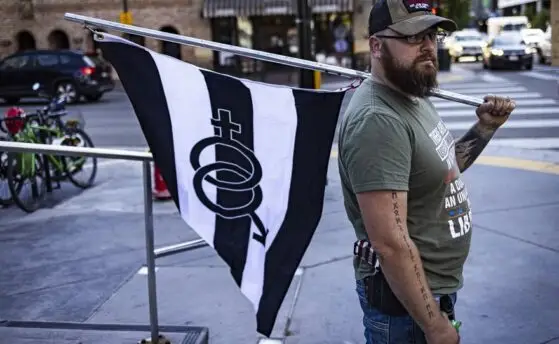 Whew! The Maytag computer repairman got swamped yesterday! No time for posts. But I am cooking up a new quiz for the blog, called “Know Your DEA Federal Drug Scheduling”. As a hint for the readers, here are two maps that show the legal status of prescribed medicine on a state-by-state basis.
Whew! The Maytag computer repairman got swamped yesterday! No time for posts. But I am cooking up a new quiz for the blog, called “Know Your DEA Federal Drug Scheduling”. As a hint for the readers, here are two maps that show the legal status of prescribed medicine on a state-by-state basis.
On your left is the map of states where medical marijuana is legal (dark green) and the states that have resolutions on their books recognizing the medical efficacy of cannabis (light green, though that’s no legal defense if you’re caught with marijuana, except in Maryland). Of course, marijuana is not legal federally, so even if you’re a medical user in one of those green states, you could be locked up for being sick and treating your ailments with cannabis under a doctor’s prescription.
 On your right is the map of the states where medical cocaine, medical methamphetamine, and medical angel dust (PCP) are allowed. That’s right, all fifty states. That’s because, according to the Federal Drug Scheduling, those three substances are Schedule II, which means under a doctor’s prescription and monitoring, a patient can use these substances without being locked up.
On your right is the map of the states where medical cocaine, medical methamphetamine, and medical angel dust (PCP) are allowed. That’s right, all fifty states. That’s because, according to the Federal Drug Scheduling, those three substances are Schedule II, which means under a doctor’s prescription and monitoring, a patient can use these substances without being locked up.
Now, I have been asked about the relationship between medical marijuana and recreational marijuana, and wondered how much easier it is to score weed in a medipot state. I wonder, does that apply to recreational coke, meth, and PCP? They are legal and regulated, but I don’t hear anyone sounding the alarms about a “bad message” we are sending to the children
Call your respresentatives and ask them to support Barney Frank’s “States’ Rights to Medical Marijuana Act” (HB 2087), which makes the common-sense move to regulate medical marijuana asa Schedule II drug and prevents the federal government from interfering with states that have passed medical marijuana. It does not force your state to recognize medical marijuana.






